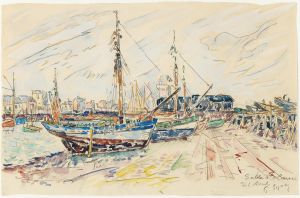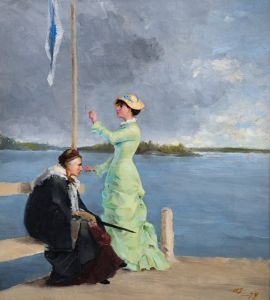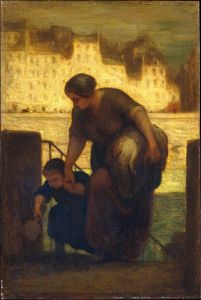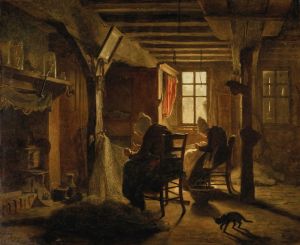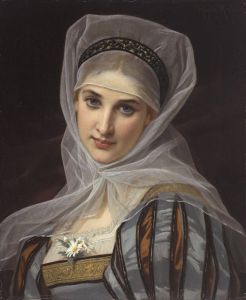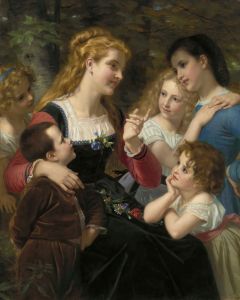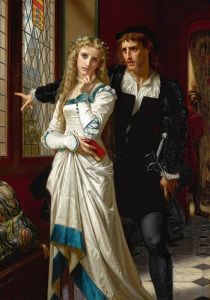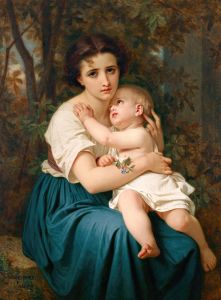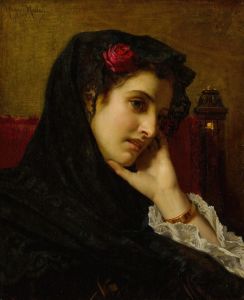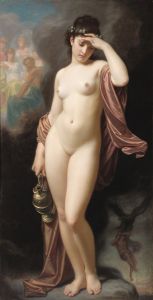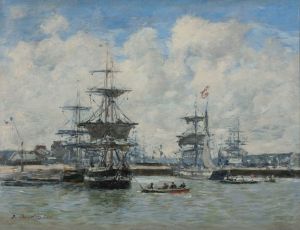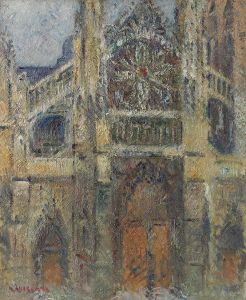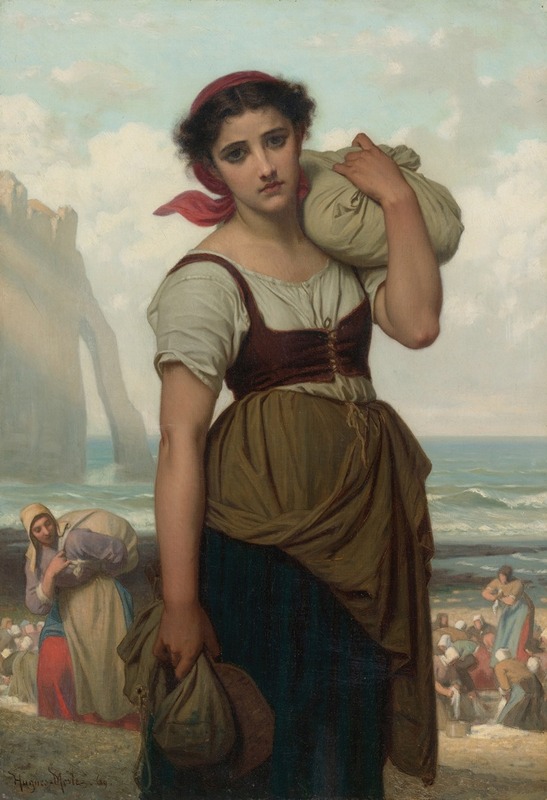
Laveuse D’étretat
A hand-painted replica of Hugues Merle’s masterpiece Laveuse D’étretat, meticulously crafted by professional artists to capture the true essence of the original. Each piece is created with museum-quality canvas and rare mineral pigments, carefully painted by experienced artists with delicate brushstrokes and rich, layered colors to perfectly recreate the texture of the original artwork. Unlike machine-printed reproductions, this hand-painted version brings the painting to life, infused with the artist’s emotions and skill in every stroke. Whether for personal collection or home decoration, it instantly elevates the artistic atmosphere of any space.
Hugues Merle was a French painter born in 1823 and known for his genre works and portraits. He was a contemporary of the more famous artist William-Adolphe Bouguereau and often compared to him due to their similar styles. Merle's works are characterized by their detailed realism and often sentimental themes, focusing on domestic scenes and the lives of women and children.
"Laveuse D’Étretat" is one of Merle's notable paintings, though specific details about the painting's creation and history are limited. The title translates to "The Washerwoman of Étretat," suggesting a scene set in the coastal town of Étretat in Normandy, France. Étretat is renowned for its dramatic cliffs and natural arches, which have inspired many artists, including Claude Monet and Gustave Courbet. However, Merle's focus in this painting is not on the landscape but rather on the figure of the washerwoman, a common subject in 19th-century art that often highlighted the everyday lives and labors of working-class individuals.
The painting likely depicts a woman engaged in the task of washing clothes, a domestic chore that was labor-intensive and typically performed by women. This subject matter reflects Merle's interest in portraying scenes of ordinary life with empathy and attention to detail. His works often convey a sense of narrative, inviting viewers to consider the personal stories and emotions of his subjects.
Merle's style is marked by a smooth, polished technique and a careful rendering of textures and fabrics, which can be seen in the depiction of the washerwoman's clothing and surroundings. The painting would likely exhibit a harmonious composition and a subdued color palette, typical of Merle's approach to capturing the quiet dignity of his subjects.
While "Laveuse D’Étretat" itself may not be as widely recognized as some of Merle's other works, it fits within the broader context of his oeuvre, which often explored themes of femininity, motherhood, and the social roles of women. Merle's paintings were well-received in his time, and he exhibited regularly at the Paris Salon, earning accolades for his skillful execution and the emotional resonance of his scenes.
Hugues Merle's contributions to 19th-century art are appreciated for their technical proficiency and the sensitivity with which he approached his subjects. Although he did not achieve the same level of fame as some of his contemporaries, his works remain valued for their insight into the social and cultural dynamics of his era. "Laveuse D’Étretat," like many of Merle's paintings, offers a glimpse into the everyday lives of people in 19th-century France, capturing moments of quiet reflection and the dignity of labor.





